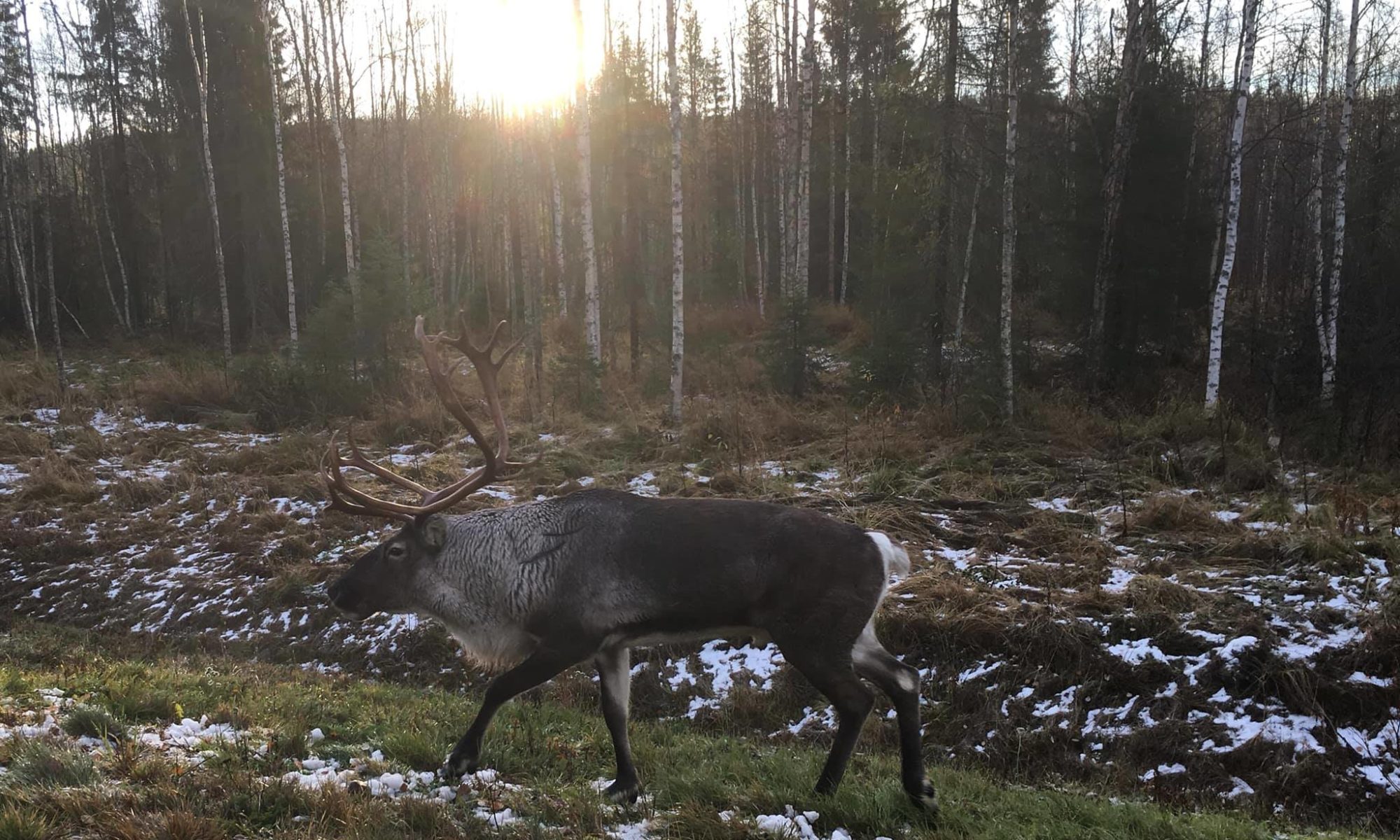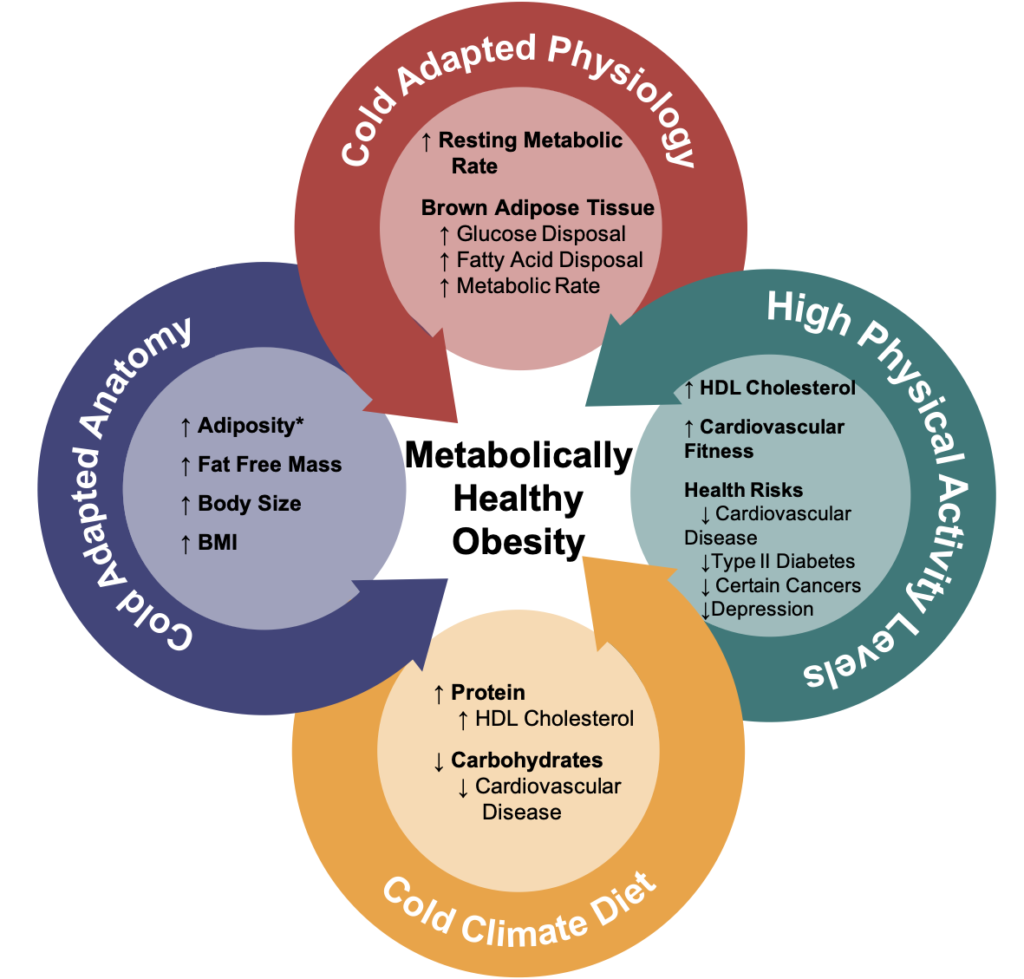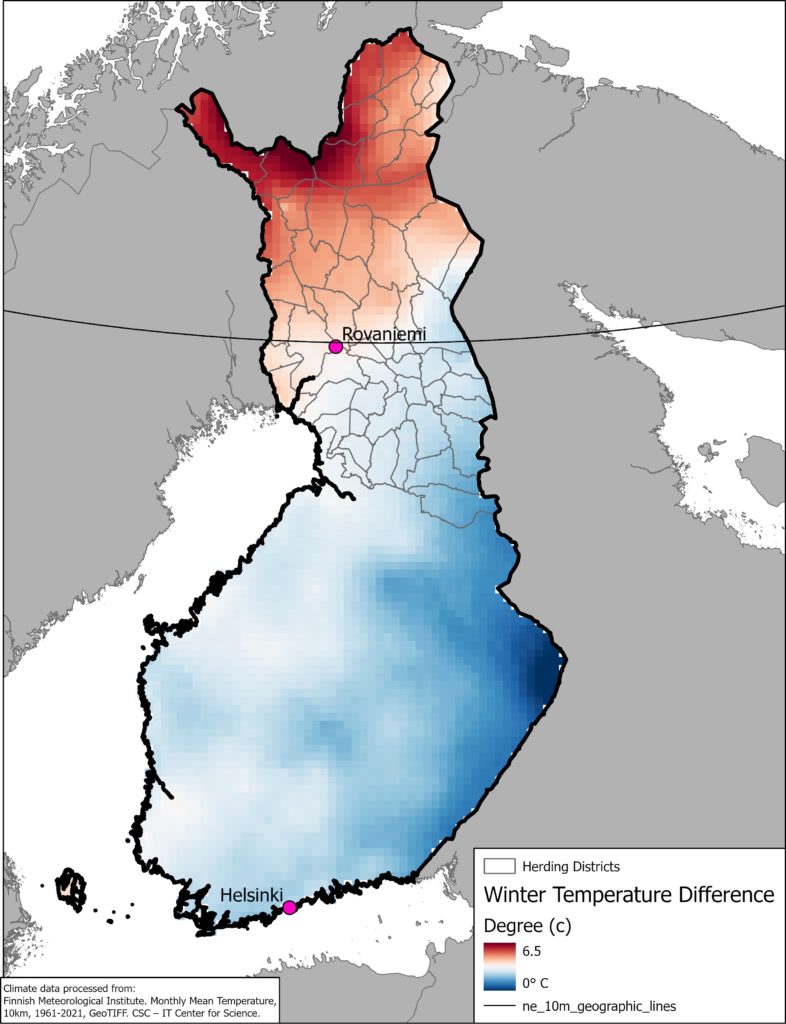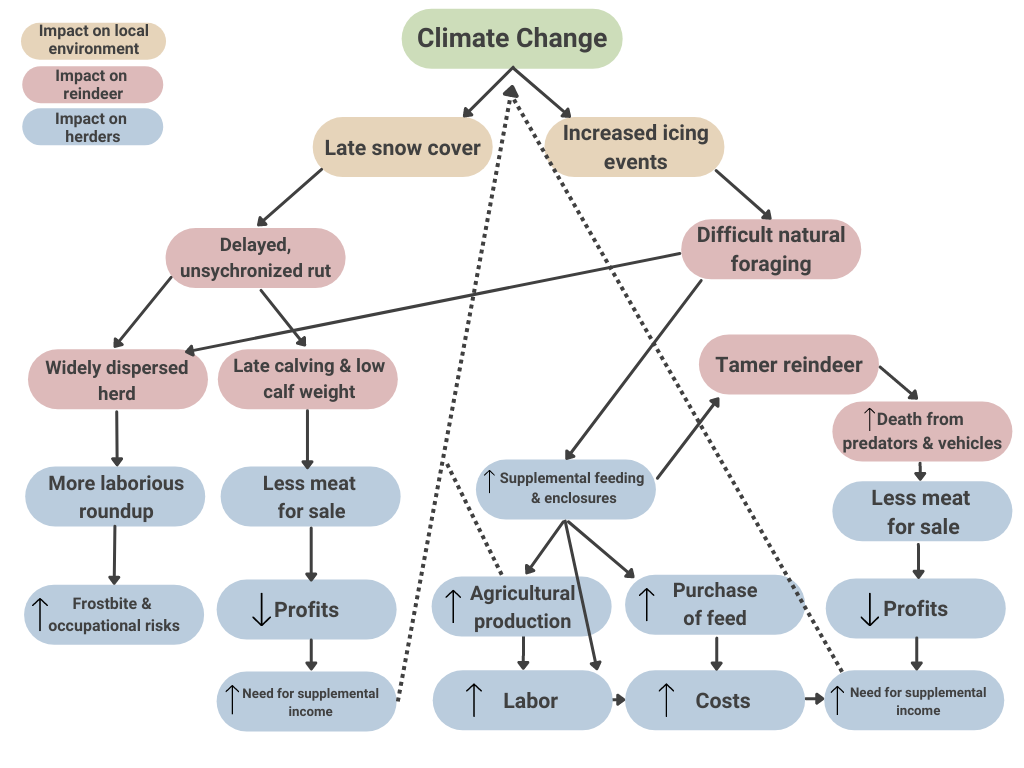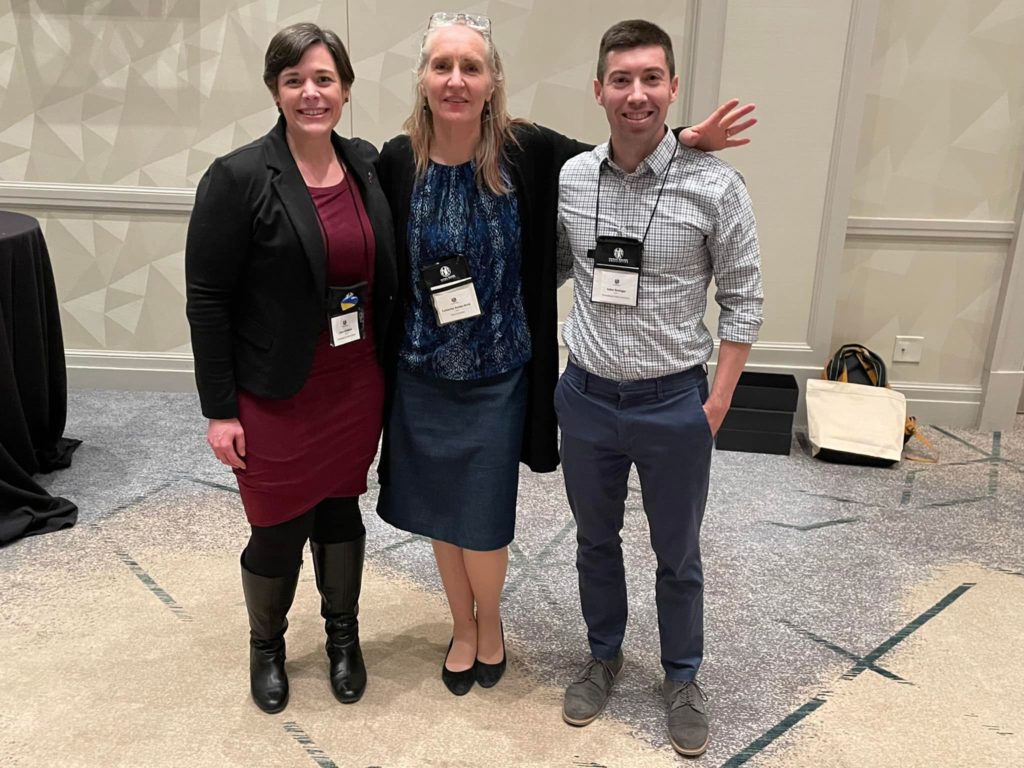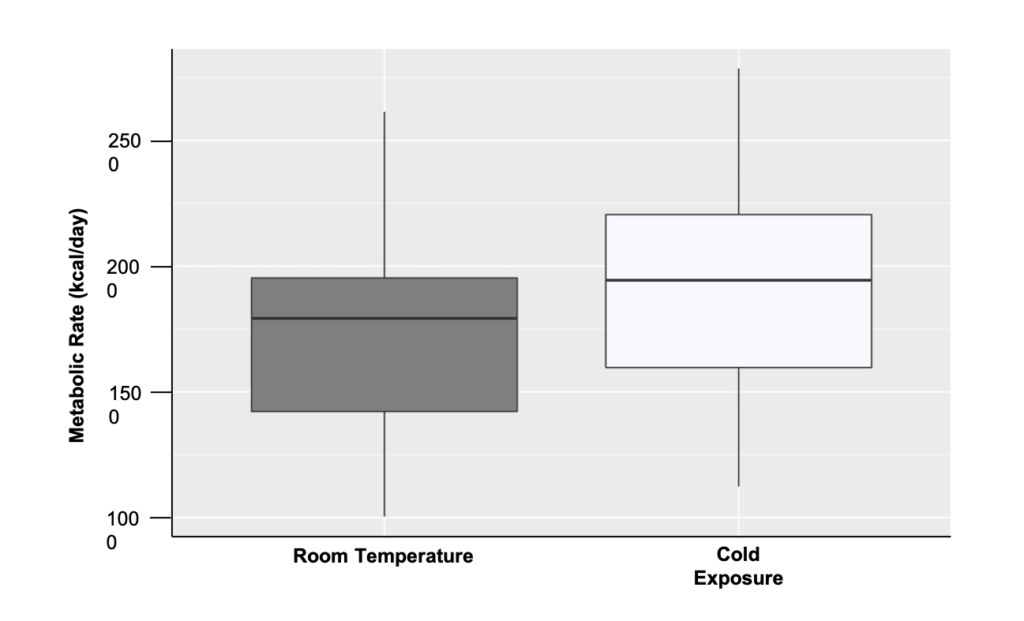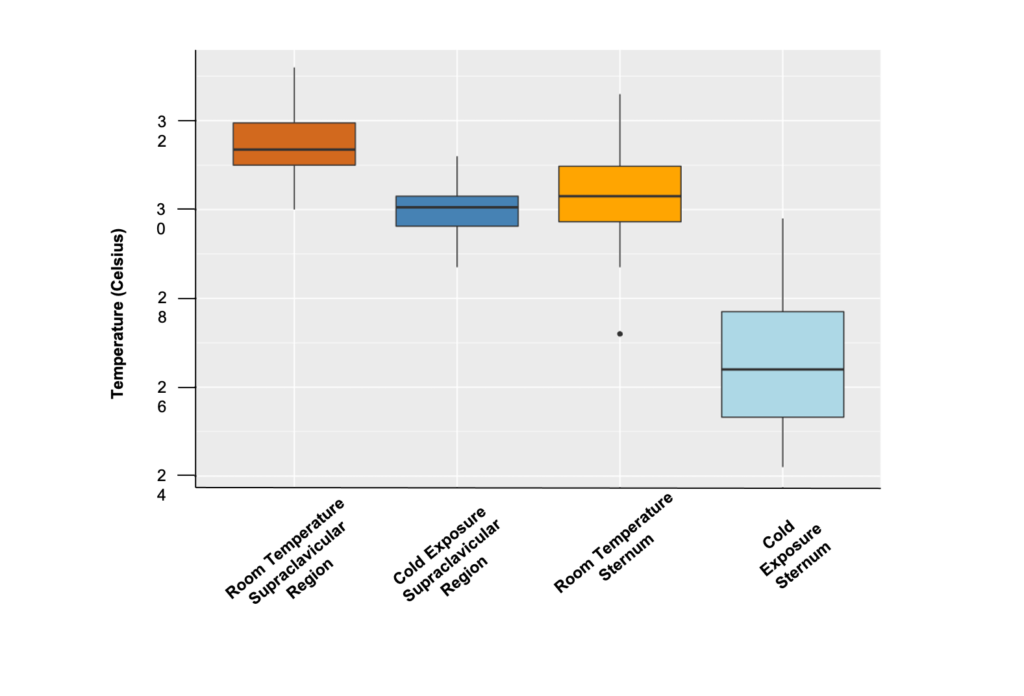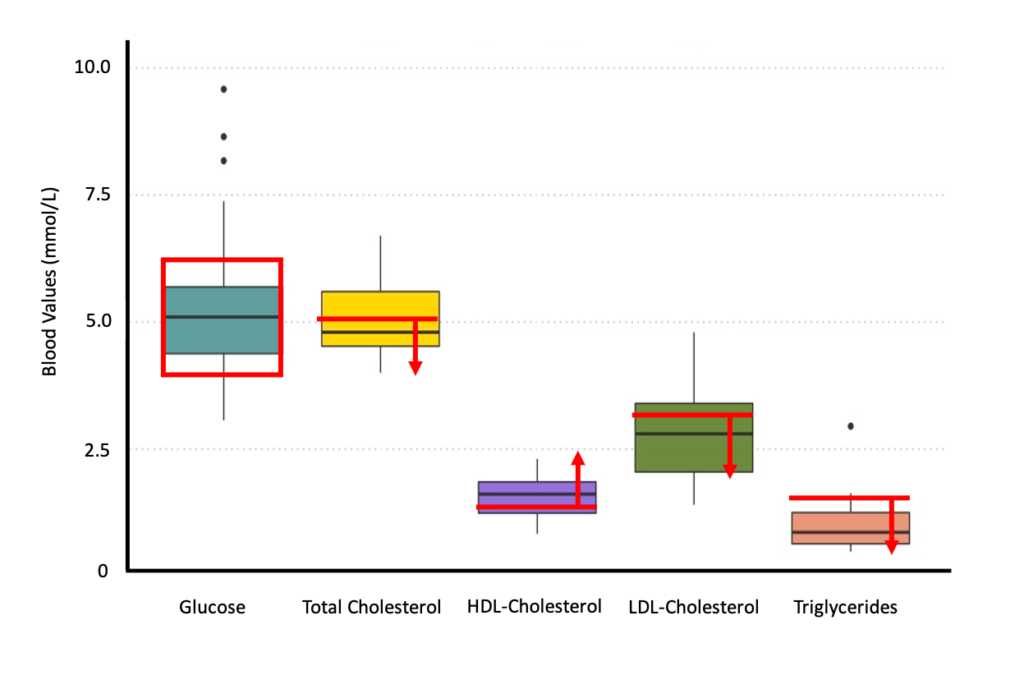Back in May 2020 (which, let’s be honest, feels like a decade or more ago), I hadn’t been to a gym in over two months and I lost so much of my hard earned muscle mass. COVID-19 has had a devastating effect on almost every facet of everyone’s lives. There are the obvious health and socioeconomic hardships experienced due to the pandemic. There were other aspects the pandemic harmed as well such as social connections and routine disruption. One such disruption was to exercise routines. Due to gym and wellness center closures and altered work-home situations, many people had to drastically shift how and where they exercised.
During the depths of the lockdown, I attempted working out at home, but it just wasn’t the same as powerlifting in the gym. I didn’t have the equipment, and more importantly, I didn’t have my community. I shifted to doing long walks and lots of yoga to maintain some level of physical activity, but it never provided the same fulfillment. I figured that I wasn’t alone in this.
So, I contacted my friend and colleague Dr. Katherine Rose Hejtmanek to see if she wanted to collaborate on a survey based study to see how exercise routines were disrupted by COVID-19, especially the stay at home orders. She immediately agreed, which lead to a wonderful collaboration that is resulting in three publications.
The first one just came out! This one focuses on the ways in which the stay at home orders revealed how exercise routines are a part of vitality politics (“vitality politics” of everyday life, or the “growing capacities to control, manage, engineer, reshape, and modulate the very vital capacities of human beings as living creatures,” Rose, 2007 page. 3).
In response to the pandemic, white, affluent women (who were the most common respondents to our survey) shifted their motivations for working out from one of pleasure to an almost business-like motivation. They were no longer working out for the joy/entertainment of working out and interacting with others, but did so to maintain some level of physical and mental wellbeing.
There is a great deal more in this article that touches on the intersections among race, class, body ideals, and politics – so give it a read!
Another article that has been accepted but not published yet examines how the COVID-19 pandemic differentially affected regular gym goers vs. CrossFitters. That should be out any time now. And the third article is a chapter in an edited volume – this one explores the ways in which women displayed greater resilience and flexibility in their exercise routines during the pandemic relative to men. Be on the lookout!!!!
